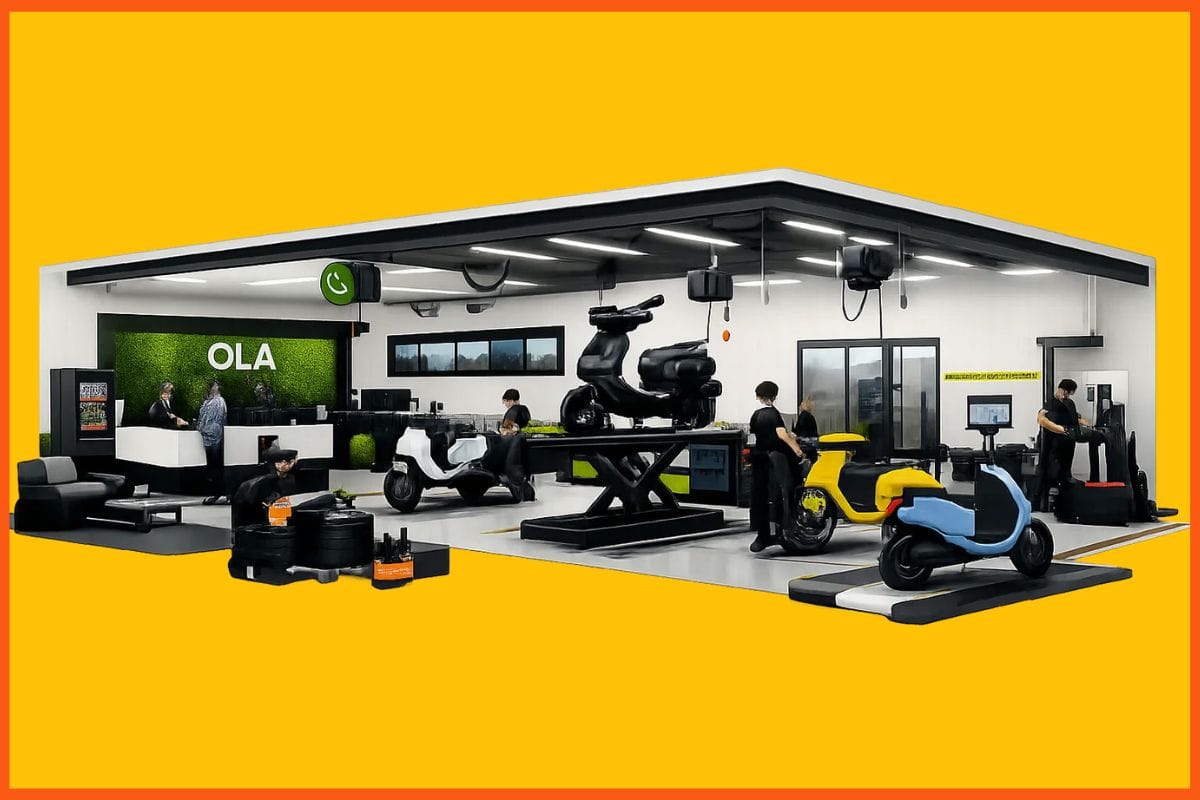How E-Commerce Brands use AR/VR to Enhance The Shopping Experience?
✍️ Opinions
This article is contributed by Anshul Agarwal, Co-founder of XR Central.
Most people we know, when they need to buy supplies, will take a few hours or more in order to: a) go to the shops, b) search for the desired shop, c) go to the relevant section in the desired shop, and so on and so forth, you get the picture. The internet has made e-commerce faster and more convenient than ever before, but there are still things that we hesitate to buy online. We want to try on glasses, try on clothes, see how everything fits before we click that button. And for that, you have to take a few hours to go to the shops.
The advent of the metaverse, and technology like 5G, will make e-commerce even more intuitive and convenient for customers. Now, you can scan your body or enter your measurements and try on all sorts of clothes and accessories on your virtual avatar. With the level of precise detail made possible in the metaverse, this will be as close to the real experience as possible and will take a fraction of the time. And if you think, well, this is an activity that I’d like to do with friends, then the social component - that gets missed from a lot of e-commerce experiences at the moment - will also be there for you. Your friends will have the opportunity to create their own avatars and accompany you on virtual shopping trips from the convenience of their own homes.
Indeed, XR-powered platforms power the collaborative and social aspect of retail via omnichannel messaging and real-time avatar interaction. You and your friends will be able to stroll in a fully immersive experience through the shops in your local neighbourhood - or even thousands of miles away. And shop owners will have a chance to showcase their goods effectively while maintaining their customers’ level of trust. There is also a rise in AR apps you can use to project makeup and accessories onto your face. Snapchat, for example, is debuting a version of Shopping Lens that will enable users to swipe through different kinds of makeup and cosmetics and virtually try them on their faces. Attached to the AR overlay will be detailed on prices, colours, and sizes. Major brands have already signed on to this new way of shopping and there are predictions of more and more brands jumping on the bandwagon soon.
Last year, Gucci made a big splash selling NFTs of digital clothes and accessories for millions of dollars. As we transition to a predominantly digital presence, we can expect to see a big uptick in our Direct-to-Avatar (D2A) purchases. For an appearance-conscious generation, digital avatars will need to exhibit personal flourishes via clothes and accessories. We know what makes us unique in real-life, but what will that be in the metaverse?
Like we’ve seen with H&M’s new virtual store, it will be possible to have cross-platform flexibility and access to major brands in a virtual setting. Users will be able to access retail stores on their tablets, smartphones, laptops, or by using VR-enabled headsets or glasses. Having stores at a ‘virtual’ address will offer brands a chance to be hyper-local in a truly global setting, and to gain access to a wider audience and secure cutting-edge brand equity.
For brands that don’t want to go all out on digital products, there is an opportunity to have hybrid showcases - where real-world creations are matched with virtual accessories to be sold as NFT collectibles. NFT collectibles are custom digitized tokens that, by definition, are truly exclusive. They cannot be exchanged with each other. And it’s low-cost, without raw materials, fittings, export duties, and comparable workers’ fees. Users can have their NFTs digitally rendered into Instagram or Snapchat filters, Zoom filters, QR codes, and seamlessly project an extension of their personality into the digital realm. In fact, the highly scalable and highly custom nature of virtual retail will make it so that retailers will create less waste and be able to recruit new customer bases with relative ease.
A case in point for retail’s future in the metaverse is the participation of FMCG companies. You could think that FMCG doesn’t really fit in the metaverse, but we have innovative branding strategies being implemented by the likes of Hellmann’s mayo - who created a campaign on Animal Crossing regarding food waste - and Proctor and Gamble - who created lifelike skin for avatars to advertise their Venus razors. A unique, multi-faceted campaign can result in a hundred-fold increase in social media mentions and make creaky brands seem slick and savvy.
And lastly, home shopping will become easier. We now have interior designers and decorators visualising furniture and all manner of home accessories in a rendering of your flat. And using AR shopping apps - like Amazon’s Room Decorator - you can see how that new bed you’re thinking of buying will look in your room, or how that painting or that rug, or that vase will look in your home. The tools powering the metaverse will provide an unprecedented ability to visualise 3D objects accurately, so you can be confident of your purchase.

Conclusion
So, in summary, retail and e-commerce have a bright future in the metaverse on a number of different fronts. Some of them are already here and some will continue to evolve and mutate far into the future. It will be interesting to see where we land.
Must have tools for startups - Recommended by StartupTalky
- Convert Visitors into Leads- SeizeLead
- Website Builder SquareSpace
- Manage your business Smoothly Google Business Suite






